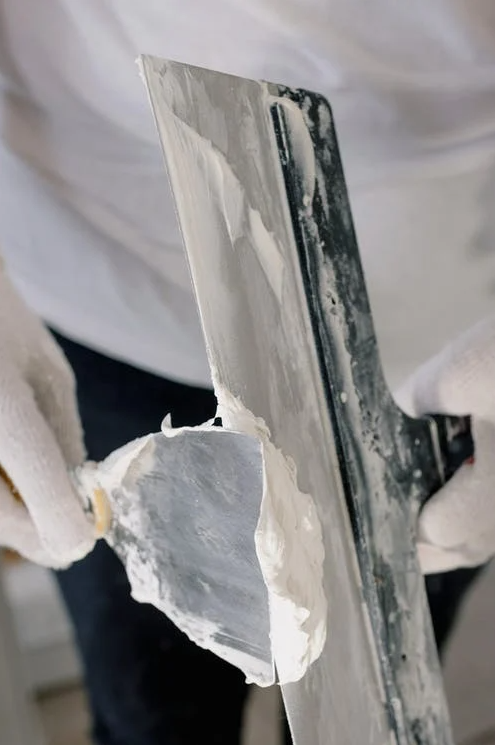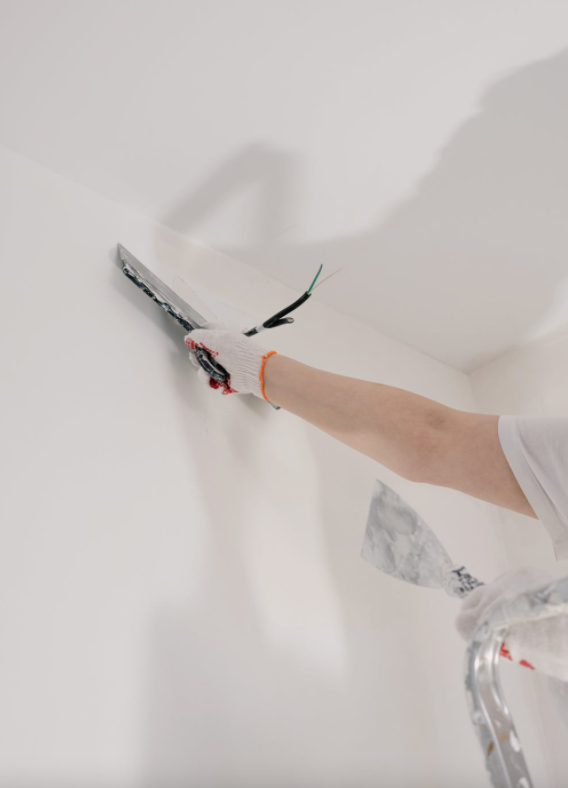Dry Lining vs Plaster: Which Is Best?

To get smooth walls with a professional finish, you have two options – wet plaster or dry lining!

Photos By: Pexels
Wet plaster is the more traditional method and takes skill to apply. Alternatively, dry lining uses pre-made plasterboards and can be the quicker and cheaper option. Each method has its pros and cons so to help you decide, we ask the question – dry lining vs plaster: which is best?
Drylining
The quickest way to get paint-ready walls, dry lining has been around since the 1940s and has become increasingly popular, with most new build homes now using the method. With dry lining, you use ready-made plasterboards which you cut to fit and then stick to your walls, either using the ‘dot and dab’ adhesive method or screw them flush to your stud walling. A fiberglass mesh tape is then used to cover the joins and corners. You can also skim plaster them for a flush finish.

Pros
- Quick and easy to install so you can save on labour costs, compared to plastering
- Less messy and ready to decorate – no need to wait for it to dry, unlike wet plaster
- Reduces the risk of hairline cracks which can occur with plaster
- Low moisture permeability
- Can also add an extra layer of insulation to your room
Cons
- Dry lining does leave a cavity between the plasterboard and the brick wall
- This cavity makes fixing shelves and radiators to the wall more problematic
- The wall finish isn’t always as smooth or as sealed as professionally applied plaster
- Plasterboard can be easily damaged and is not as robust as traditional plaster
- It is no so good at sound-proofing a room
Plaster
Used for centuries, working with wet plaster is a skill and when done right, has a stunning and long-lasting finish. Materials used are either cement render or gypsum, with the surface then finished off with a thin skim coat of gypsum for a lovely end result. A good choice for tricky spaces, wet plaster can be used for both walls and ceilings. You can also choose to opt for more traditional materials, including clay or lime plaster for a stunning heritage look or to sympathetically renovate an older property.
Pros
- A tried and tested method for a smooth and durable finish on your walls
- Ideal for difficult areas, such as doorways, windows, and dormers as it gives a good seal
- It is fire resistant and an excellent way to add soundproofing to a room
- It is less prone to surface damage than dry lining with plasterboards
- Plaster is durable and takes fixtures such as shelves well
- Traditional plaster can also help to insulate a room
Cons
- You need a good level of skill to get a smooth, even finish
- It can be expensive if you need to use a professional plasterer
- As it is applied wet, plaster can take a while to dry and can be vulnerable to hairline cracks
- You can’t decorate straight away as it will need several days to dry out
- It is not a quick fix – the process is lengthy compared to dry lining
In summary….
Plastering is more durable and works with even the trickiest of spaces but can be more costly as it takes longer and needs skilled labour. Dry lining, on the other hand, is quicker and easier to install and you won’t have to wait to decorate. But it’s not as tough and can be difficult to use with radiators or other fixtures. So, when it comes to a final choice, it will ultimately be your budget, room space, and time available that will help you make your decision in the dry lining vs traditional plastering debate.







